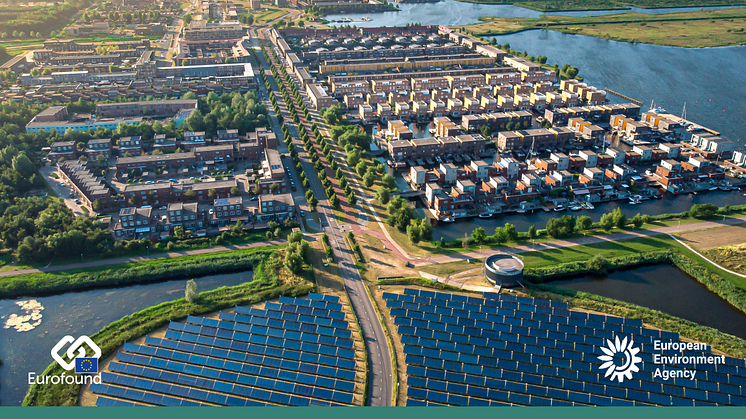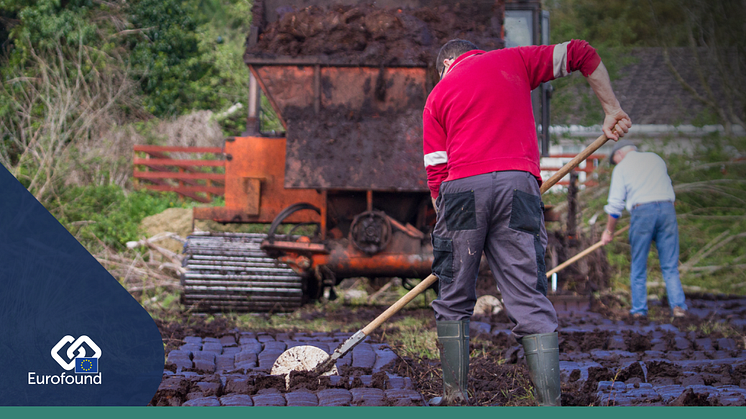
News -
Europe embracing green transition but large inequalities persist
While some environmental indicators have improved across the EU, there are large inequalities between people at different income levels in Europe, with low-income populations drastically worse off in terms of the quality of their neighbourhood and housing. People living in some southern and eastern EU Member States are also much more likely to report substandard living conditions. However, improved performance in residential-level indicators – measuring pollution, recycling and use of public transport, for instance – shows that, overall, local neighbourhoods are becoming more liveable.
The new report Green, clean and keen to converge? A convergence analysis of environmental quality of life in the EU explores the dynamics of environmental performance of EU Member States and the extent to which the disparities in their performance have narrowed since the early 2000s. The report is a product of cooperation between Eurofound and the European Environment Agency. It focuses on three levels of analysis: headline-level indicators, residential-level indicators and household-level indicators.
Disparities between the EU Member States have lessened and performance has improved in many pollution-related environmental indicators over the past two decades. To stay on this positive path, interventions should focus on three areas where divergence has been detected: housing quality; energy poverty; and public transport. In the area of housing, for example, there was an overall increase in the share of the population living in dwellings with damp, leaks or rot between 2019 and 2020. This increase was most pronounced in Cyprus, which already had the highest rate, increasing from 31.1% to 39.1%. In Finland, by contrast, 4.5% of the population reported these issues, up from 4.1% in 2019.
Indicators on issues such air pollution have been more positive, with significant decreases in years of life lost due to PM2.5 exposure between 2005 and 2019.[1] This decrease was most pronounced in countries with the highest overall rates, particularly in Bulgaria, Romania, Hungary, Croatia and Greece. Overall, Bulgaria, Poland and Romania record the highest rates of years of life lost due to PM2.5 exposure, while it is lowest in Sweden, Finland, and Ireland.
In terms of meeting EU and national environmental goals, residential- and household-level environmental goals may need more stringent or timely policy measures than those currently in place. Both high-level solutions and everyday fixes are needed, and local and national authorities pursuing greening could follow established practices suggested by Member States and the EU.
Going forward, diversifying the EU’s energy and material use through renewable energy and circular economy measures would speed up the green transition, cushion the effects of future energy and material crises, and protect low-income citizens in particular.
- Download the report: Green, clean and keen to converge? A convergence analysis of environmental quality of life in the EU
More information:
- Policy brief: Exploring the social challenges of low-carbon energy policies in Europe
- Topic page: Just Transition
[1] PM2.5 is particulate matter containing particles with a diameter of less than 2.5 micrometres. These particles can be carried deep into the lungs, causing inflammation and exacerbating heart and lung diseases.





